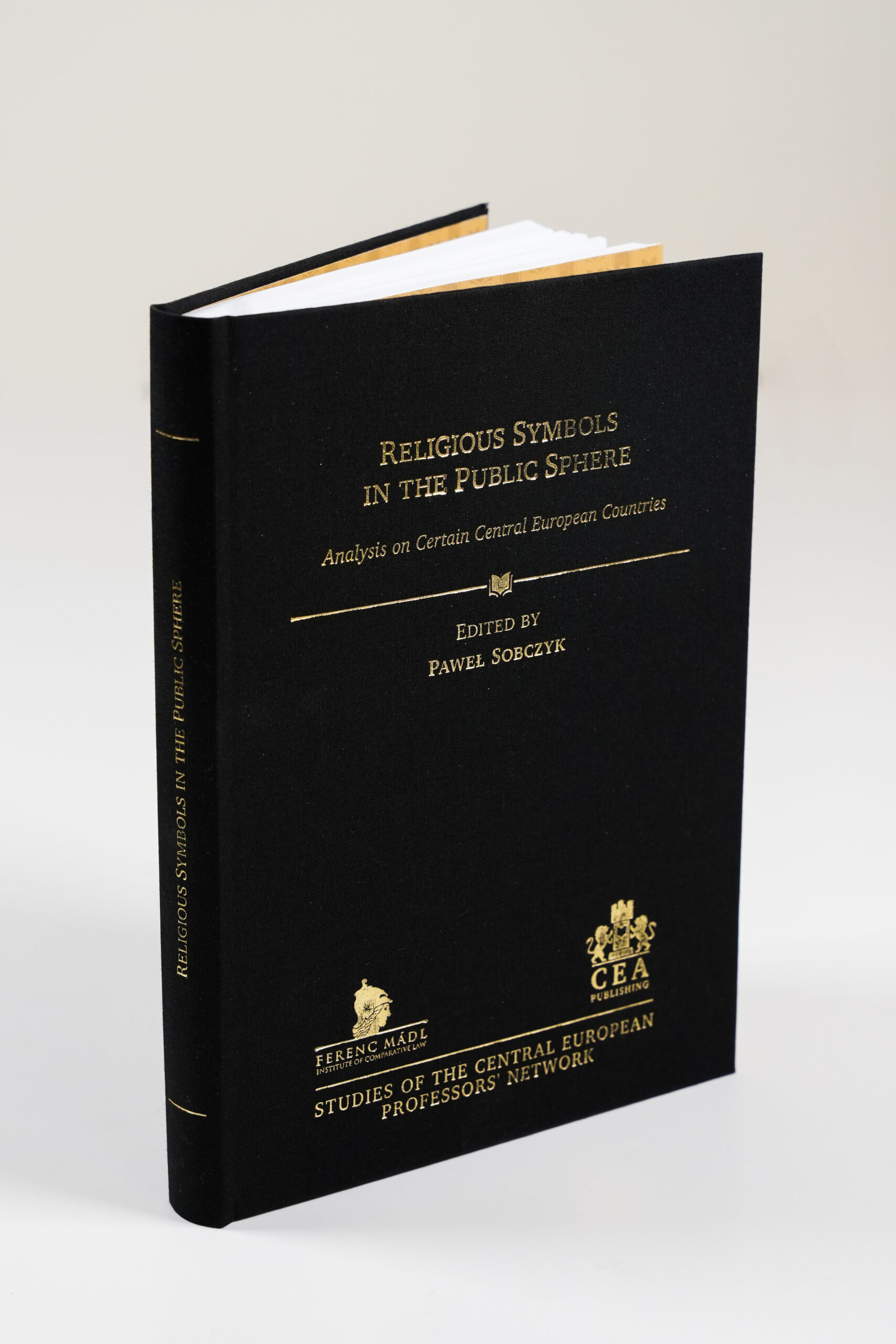Abstract
The discussion about the presence of religious symbols in the public sphere is often characterized by emotional intensity, reflecting the attitude of society toward the basic values on which European culture and civilization are based and also testifying to the Christian identity of many European nations. This discussion has been gaining momentum, particularly in recent years, and undoubtedly requires proper structuring, in which legal arguments may prove helpful.
The historical, social, and religious experiences of Central European states as well as international and supranational guarantees in the field of protection of the freedom of conscience and religion have influenced particular solutions of individual legal systems. As a rule, the use of religious symbols in the public sphere by private and public entities is not prohibited, and their significance often exceeds the religious dimension (Croatia, the Czech Republic, Poland, Serbia, Slovakia, Slovenia, and Hungary).
Therefore, the research team established by the Ferenc Mádl Institute of Comparative Law adopted a relatively broad perspective of comparative law research that consists of the following elements: (1) introduction: scope of research, methodology, basic concepts; (2) historical, social, cultural, and political context of the presence of religious symbols in the public space: political transformation of state after 1989 and its impact on the protection of freedom of conscience and religion; (3) axiological and constitutional foundations: values and principles related to the presence of religious symbols in the public space; (4) model of relations between the state and the Church: general principles, practice of cooperation between the state and religious associations; (5) constitutional guarantees of freedom of conscience and religion: basis, subject, object, limits, means of protection; (6) guarantees according to other sources of universally binding law: the subjective and objective scope of the possibility of manifesting religious beliefs through religious symbols; (7) limits of religious expression through religious symbols: public offices, schools and universities, hospitals, workplaces, business activities, the Internet, social networks; (8) the system of legal protection: the practice of the judiciary, case studies; (9) conclusions: conclusions de lege ferenda.
The current research also takes into account the jurisprudence of the European Court of Human Rights in Strasbourg. Through the adopted structure of individual chapters, we attempt to formulate comparative conclusions that are presented in the summary. The main aim of this research is to show the normative aspect of the presence of religious symbols in the public space of selected European countries and outline this issue within the jurisprudence of the European Court of Human Rights to indicate the relevant European perspective.
This monograph is composed of studies made by religious law specialists, who were invited to be the co-authors of this publication: Dr Hab. Csink Lóránt PPKE (Hungary)—religious symbols in the public sphere in Hungary’s legal order; Ass. Prof. Dalibor Đukić, PhD (Serbia)—religious symbols in the public sphere in Serbia’s legal order; Prof. lic. Damián Němec, dr (Czech Republic)—religious symbols in the public sphere in the Czech Republic’s legal order; Prof. JUDr. Mgr. Vojtech Vladár, PhD. (Slovakia)—religious symbols in the public sphere in Slovakia’s legal order; Izv. Prof. Dr Sc. Frane Staničić (Croatia)—religious symbols in the public sphere in Slovenia’s legal order; Izv. Prof. Dr Sc. Vanja-Ivan Savić (Croatia)—religious symbols in the public sphere in Croatia’s legal order; Prof. UO Dr Hab. Paweł Sobczyk (Poland)—religious symbols in the public sphere in Poland’s legal order; Dr Michał Poniatowski (Poland)—religious symbols in the public sphere in ECHR’s jurisprudence.
The analysis allowed to not only conduct the first international comparative study of issues related to the legal aspects of the presence of religious symbols in the public sphere of seven Central European countries but also to draw extremely important conclusions and de lege ferenda postulates.
The editors and authors of the publication express their sincere gratitude to Prof. Dr. János Ede Szilágyi, PhD Head of Ferenc Mádl Institute of Comparative Law, and his colleagues, for having been invited to participate in international research; this publication is a product thereof.
Foreword by Paweł Sobczyk, Michał Poniatowski



